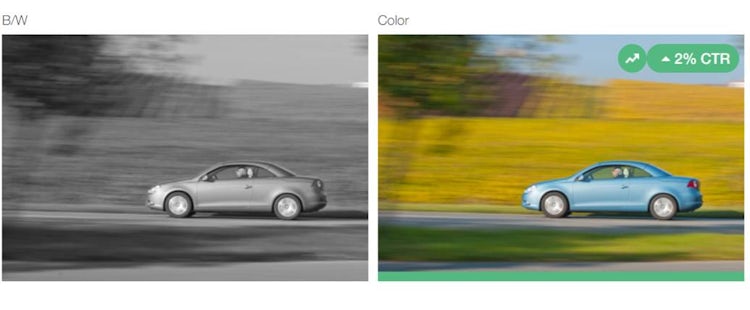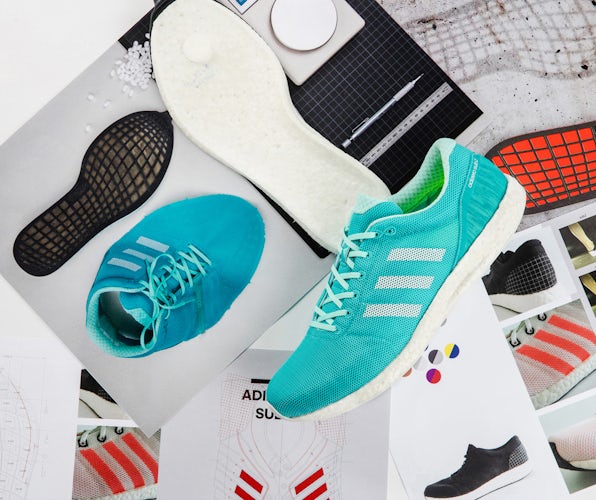How to engage audiences in the attention economy
Ad placement, creative and targeting all have a considerable effect on the performance of ads. Here’s how marketers can optimise them.
 All advertising needs attention, but it’s hard to attract it, particularly at the moment. On the one hand, the current global situation means that more people are spending time at home, actively looking to be entertained and engaged. Global online content consumption doubled in 2020. With many people still at home, that trend seems likely to continue in 2021.
All advertising needs attention, but it’s hard to attract it, particularly at the moment. On the one hand, the current global situation means that more people are spending time at home, actively looking to be entertained and engaged. Global online content consumption doubled in 2020. With many people still at home, that trend seems likely to continue in 2021.
Everywhere from inboxes to web pages to newsfeeds, consumers are saturated by information. Social media platforms and online outlets compete aggressively to capture and retain users’ limited attention, and stop them from leaving their so-called ‘walled gardens’.
Consequently, the attention consumers have to dedicate to content – and their interest in that content – is waning. With consumers actively choosing where to put their focus, we find ourselves in what some experts call the age of the ‘attention economy’.
For brands and organisations, this presents a new challenge: getting and retaining the right kind of attention from sceptical and oversaturated consumers. Here are some approaches we’ve found effective.
Place your ads amongst quality content to capture the right kind of attention
Grabbing attention is not just a matter of what you create, but where you place it, and what’s happening in consumers’ minds at the time.
An IAB study shows that one of the most successful ways to ensure your ads are grabbing attention is to surround those ads with quality content. For example, an ad is likely to get more attention on a premium news or magazine site than a task site like Rightmove or National Rail. This is a result of both the trust that the publisher’s reputation passes on to the ads appearing on its site, and the fact that the ads are not as interruptive.
Taboola’s research with Nielsen found that creatives which appear when consumers are waiting for something to happen, where they expect to get new information, or where they have just finished an article, are more effective. We call this ‘moments of next’, and ads presented in this context have been shown to capture 25% more attention than the same ad presented in a more interruptive environment.
Build creatives that capture attention
When building creatives, the goal is to get beyond simple views to true engagement, so consumers will remember your brand. To figure out what consumers are likely to pay attention to in the future, we can rely on data that shows what they are already paying attention to as a starting point for new creatives.
Taboola’s Trends tool analyses clicks across all the impressions across the Taboola platform each week to tell you what consumers are responding well to.
When creating video content, for example, you can examine trends for types of illustrations, the use of text on screen, and even the type of weather shown to build videos that consumers are more likely to watch through.

Videos showing people driving, for example, have a higher completion rate than those showing people swimming or travelling by plane. This may differ, however, in specific markets or verticals, or may change over time, so it’s important to stay up-to-date with current trends in your market.
For example, black-and-white images outperform colour in the UK, but in Canada the opposite is true.


Target for maximum engagement
Another key to driving attention is targeting to ensure that your creatives are always right for consumers. Some options here include:
- Audience targeting – selecting the right demographic before running your ad
- Interest targeting – the more relevant your ads are to the topics that matter most to consumers, the more likely they are to get their attention
- Timing – when are consumers most in consumption mode: at the start of their workday, the middle or the end?
- Location targeting – when content matches where consumers are right now, they are more likely to act on it.
The attention economy: brands getting it right
Here are some examples of brands succeeding in the attention economy:
Online mattress provider OTTY (below) used audience segmentation, retargeting to already engaged audiences and view-through attribution to drive customers directly to its website. The campaign boosted return on ad spend (ROAS) by 7.8 times and conversions by 10 times.

DCB Lab created an engaging experience with native video ads promoting its Jean Patrique brand. It targeted consumers with a passion for food, driving a 3.3 times ROAS.
TUI used branded content to promote a ‘Visit Britain’ campaign. This drove 97% of campaign traffic via content discovery, achieving 317 million impressions and 600 overnight bookings.
ESalon (below) used audience segmentation, along with gamification in the form of a survey, to find tens of thousands of new customers for its custom hair colour solution.

Babbel created humorous and informative content and targeted it to potential language learners, increasing new leads by 100,000 monthly.
When planning your next ad campaign, consider how the right placement, creative and targeting can allow you to cut through the noise and grab your customers’ attention.
Stacey Delaney is UK country manager at Taboola.






